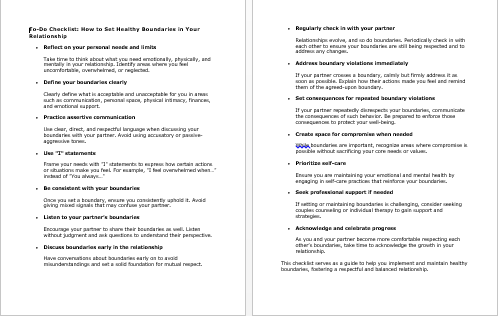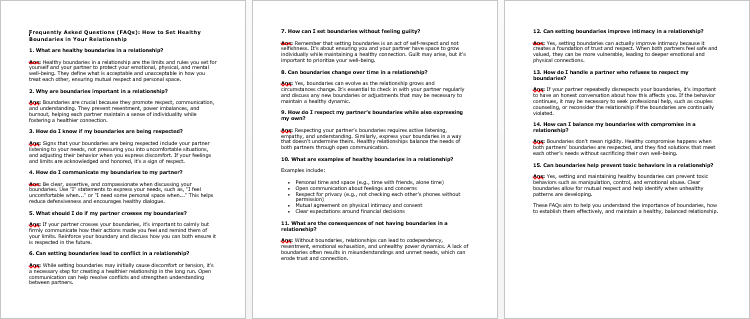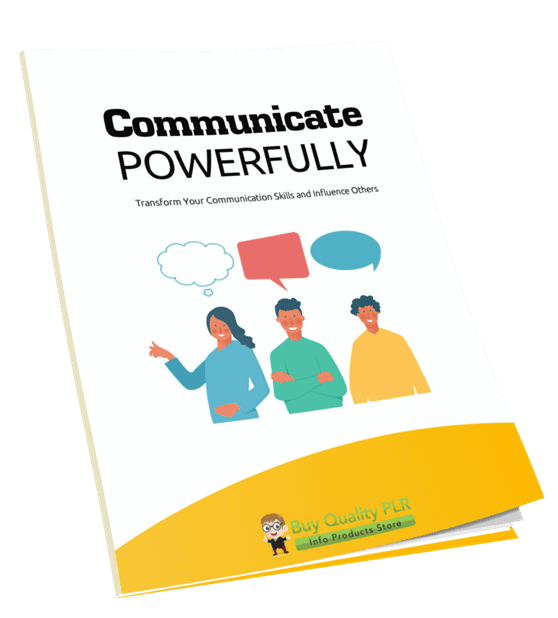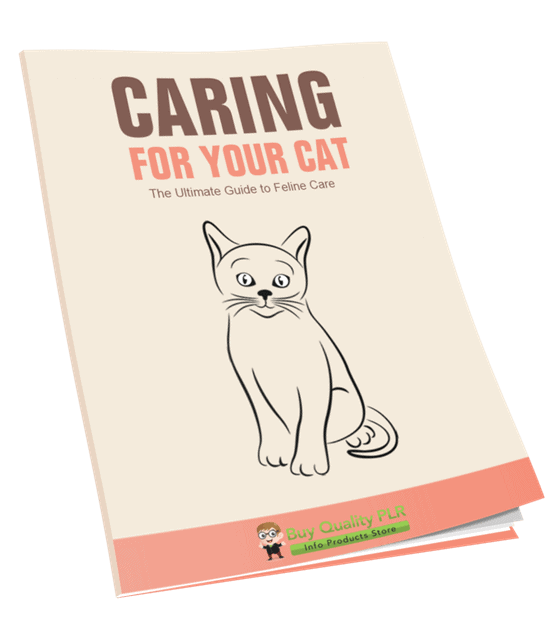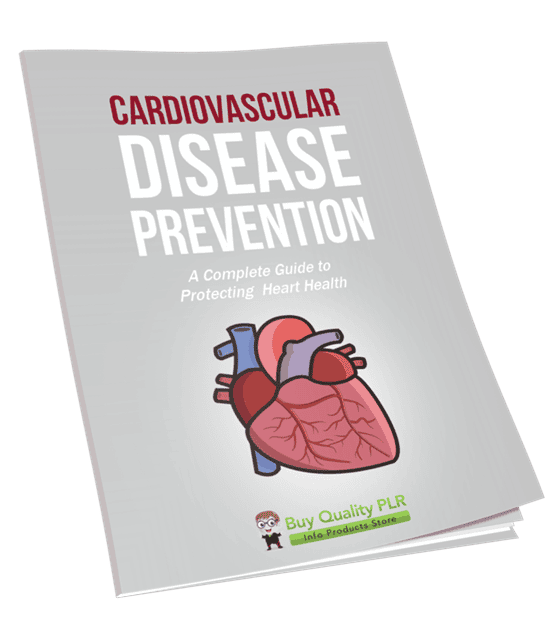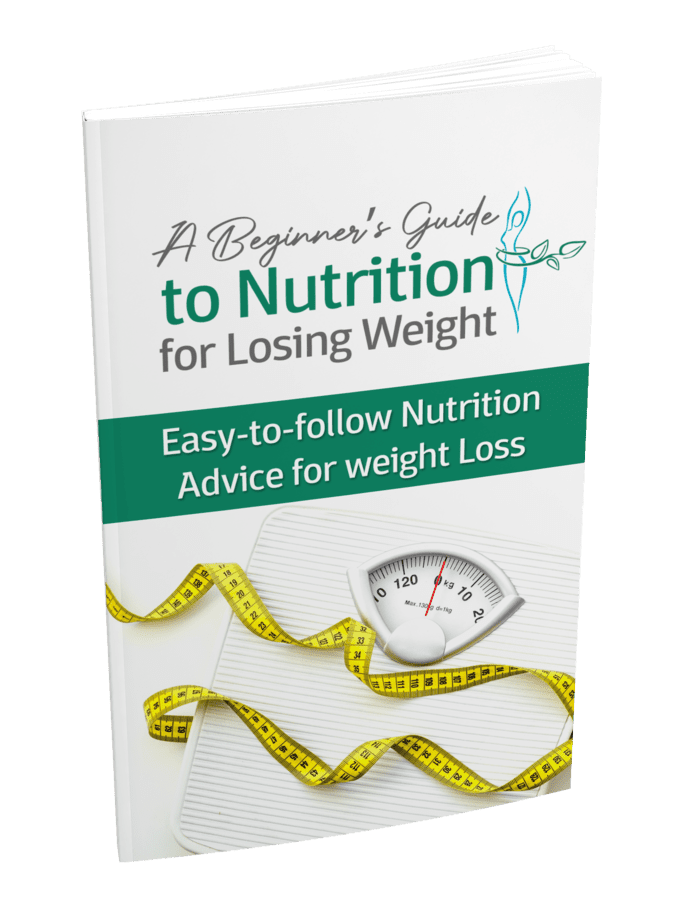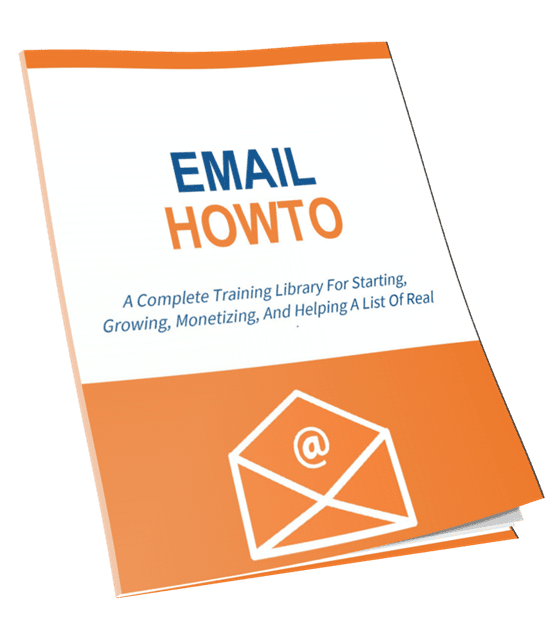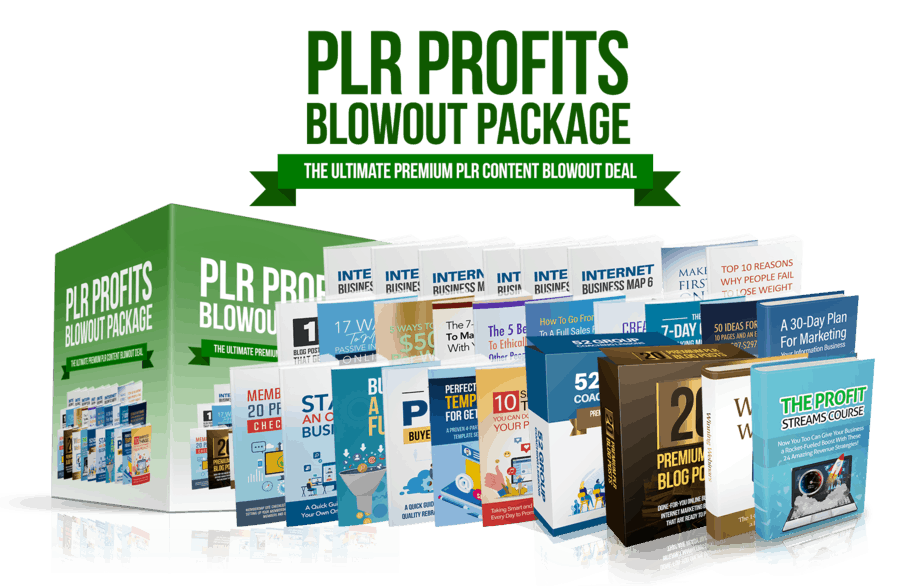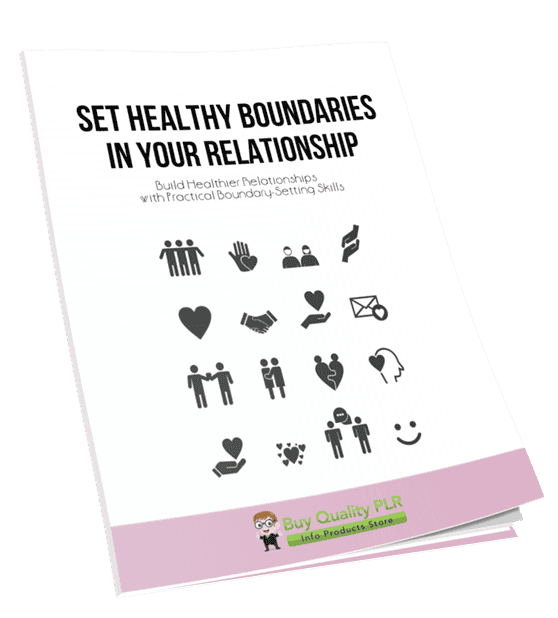
How To Set Healthy Boundaries In Your Relationship PLR Course 24k Words
in PLR Checklists , PLR eCourses , PLR List Building Reports , Premium PLR , Premium PLR eBooks , Premium PLR Reports , Premium White Label Brandable PLR Coaching Courses , Private Label Rights Products , Relationships , Relationships PLR , Relationships PLR eBooksChoose Your Desired Option(s)
has been added to your cart!
have been added to your cart!
healthyboundaries #relationshipgrowth #emotionalwellbeing #plrcourse #relationshiphealth #effectivecommunication #personalgrowth #healthyrelationships #boundariesmatter #plrcontent
Empower Your Audience to Build Healthier Relationships with Practical Boundary-Setting Skills
Create, Teach, and Profit with the How To Set Healthy Boundaries In Your Relationship PLR Course!
Establishing boundaries is essential for maintaining respect, balance, and fulfillment in both personal and professional relationships. The How To Set Healthy Boundaries In Your Relationship PLR Course is a complete, ready-to-sell solution that you can rebrand and offer as your own. With 24,000 words of high-quality content, this course helps individuals and professionals communicate clearly, manage expectations, and create healthy boundaries in all areas of life.
Whether you’re a coach, therapist, or content creator, this course is a valuable resource that enables you to provide your audience with actionable strategies to enhance their relationships—all while building your business.
Presenting…
How To Set Healthy Boundaries In Your Relationship PLR Course
What’s Inside the How To Set Healthy Boundaries In Your Relationship PLR Course?
This in-depth course includes multiple modules, exercises, and communication techniques to help learners establish healthy boundaries and confidently navigate relationship dynamics.
Course Overview:
In today’s fast-paced world, boundaries are crucial to maintaining harmony and well-being. This course provides actionable guidance on identifying personal needs, communicating assertively, and setting boundaries that respect both personal and professional relationships.
Module 1: Understanding Boundaries
- What boundaries are and their importance in relationships.
- Types of boundaries: rigid, porous, and healthy.
- Reflect on personal experiences with boundaries.
Module 2: Identifying Your Needs and Limits
- Recognize your emotional and physical needs.
- Assess personal limits in professional interactions.
- Practice using assertive language to express boundaries.
Module 3: Assertive Communication: The Foundation of Boundaries
- Develop assertive communication skills for effective boundary-setting.
- Using “I” statements and clear language.
- Role-playing scenarios to reinforce assertive communication.
Module 4: Setting Boundaries at Work
- Setting professional boundaries with colleagues and clients.
- Managing work-life balance and avoiding burnout.
- Examples of boundary phrases for workplace interactions.
Module 5: Boundaries in Personal Relationships for Professionals
- Balancing personal time with work responsibilities.
- Addressing people-pleasing behaviors.
- Boundary-setting statements for family and friends.
Module 6: Handling Pushback and Resistance
- Strategies for reinforcing boundaries with respect.
- Emotional resilience in the face of boundary violations.
- Practicing conflict resolution techniques.
Module 7: Long-Term Strategies for Maintaining Boundaries
- Building strong relationships with consistent communication.
- Adjusting boundaries over time as needs change.
- Creating a three-month boundary plan.
Module 8: Practicing Boundary-Setting in International Settings
- Adapting boundary-setting for cross-cultural environments.
- Language tips for professional interactions across cultures.
- Sample dialogues for boundary-setting in international business.
Course Wrap-Up and Final Assessment
Learners will create a personalized boundary-setting plan, apply key techniques learned, and receive a recap of essential strategies for maintaining well-being in relationships.
Additional Resources Included
- Checklist (394 words): An organized guide to help learners track and reinforce key concepts.
- FAQs (747 words): Answers to common questions that clarify boundary-setting practices.
- Sales Page (1071 words): A ready-to-use sales page to help you launch and sell the course.
Ideas for Using and Profiting from the How To Set Healthy Boundaries In Your Relationship PLR Course
This course offers numerous ways for you to expand your business and provide value to your clients:
- Sell the Course As-Is: Make small adjustments, add your branding, and start selling the complete course right away.
- Break It Into Mini-Guides: Divide the modules into standalone reports and sell them individually for $10-$20 each.
- Bundle with Other Products: Combine this course with related materials for a higher-value product package at $47-$97.
- Create a Membership Site: Add this course to a membership site, creating a continuous stream of income.
- Offer as an E-Class: Turn the course into a multi-week e-class and charge $297-$497 for an in-depth experience.
- Physical Products: Print the course as a guide or workbook to sell as a premium item.
- Convert to Video or Audio Content: Create videos, webinars, or podcasts based on the course material to engage different audiences.
- Use Excerpts as Lead Magnets: Share portions of the course as free downloads to attract subscribers and build your email list.
With full PLR rights, you have the freedom to edit, rebrand, and customize this content to fit your brand’s unique voice and appeal to your audience.
Why Choose PLR Content?
- Save Time and Effort: Avoid hours spent on content creation—this course provides a ready-made solution.
- Build Authority: Offer a well-researched, professionally structured course to position yourself as an expert.
- Reach a Broader Audience: This course is ideal for professionals, coaches, and individuals looking to strengthen relationships.
- Fully Customizable: Make it your own by adding your brand’s touch and tailoring it to your audience’s needs.
What You Can and Can’t Do with This PLR Course
What You CAN Do:
- Sell the course as your own with minor edits.
- Break it down into smaller products and sell them individually.
- Bundle with other courses for a premium package.
- Add it to membership sites for recurring income.
- Use it as a basis for webinars, videos, or podcasts.
- Offer free excerpts as lead magnets for email marketing.
- Develop a new product to sell or flip for profit.
What You CANNOT Do:
- Pass on PLR rights to your customers.
- Give the complete course away for free without substantial edits.
- Offer 100% commission to affiliates.
- Add the content to existing products that customers have already purchased without charging for it.
Get Started Today for Just $14.99!
For only $14.99, the How To Set Healthy Boundaries In Your Relationship PLR Course can become your next big product offering. With ready-made, in-depth content, you can create a resource that empowers individuals to build healthier, more balanced relationships.
Order Now and Start Helping Others Strengthen Their Boundaries!
Don’t miss out on this opportunity to provide transformative content that helps others set and maintain boundaries in their relationships. Click below to get instant access to the How To Set Healthy Boundaries In Your Relationship PLR Course and start making a difference today!
has been added to your cart!
have been added to your cart!
Here A Sample of What Inside the How To Set Healthy Boundaries In Your Relationship PLR Course
In today’s fast-paced world, maintaining a balance between personal and professional life is crucial. This course teaches you how to set healthy boundaries in relationships, not only in personal life but also in professional interactions. You’ll learn to communicate assertively, manage expectations, and maintain respectful relationships at work and in personal settings. By the end of the course, you’ll have the vocabulary, phrases, and communication strategies necessary to navigate complex relationship dynamics with confidence.
Module 1: Understanding Boundaries
- Learning Objectives:
- Define what healthy boundaries are and why they matter.
- Differentiate between rigid, porous, and healthy boundaries.
- Recognize the role of boundaries in professional and personal relationships.
Key Vocabulary & Phrases:
Here’s a more detailed explanation of the Key Vocabulary & Phrases section for the course:
- Boundaries: Guidelines or limits that individuals create to protect their personal space, emotions, and well-being in relationships. In professional contexts, boundaries help ensure respectful interactions and balance between work and personal life.
- Assertive: A communication style where you express your needs, feelings, and desires confidently and clearly, while respecting others’ rights and boundaries. Assertiveness is crucial in setting boundaries effectively without being passive or aggressive.
- Mutual Respect: The acknowledgment of each other’s needs, values, and boundaries. In both personal and professional relationships, mutual respect ensures that both parties honor one another’s boundaries.
- Emotional Space: The mental and emotional distance you may need in a relationship to maintain your well-being. This can include time for yourself, managing emotional demands, or limiting certain conversations.
- Professional Distance: A concept in workplace relationships where personal boundaries are maintained to ensure that professional duties and interactions remain respectful, focused, and appropriate. This distance helps manage work-related conflicts, communication, and expectations.
This vocabulary will serve as the foundation for effective communication throughout the course.
Introduction to Boundaries: Setting the Stage
In this section, we’ll lay the groundwork for understanding what boundaries are and why they are essential in maintaining healthy, respectful relationships. Whether in personal life or at work, boundaries act as invisible lines that define what is acceptable and unacceptable for you in interactions with others. They help protect your emotional and mental well-being, manage time and energy, and foster mutual respect.
Key Concepts:
- What are boundaries? Boundaries are the limits we set for ourselves in relationships. They define what we are comfortable with, what we will tolerate, and how we expect others to treat us.
- Why are boundaries important? Without clear boundaries, misunderstandings can occur, leading to discomfort, frustration, and even resentment. Setting and maintaining boundaries ensures that you maintain control over your time, energy, and emotional health.
- Types of boundaries:
- Physical Boundaries: Relating to your personal space, privacy, and body.
- Emotional Boundaries: Protecting your feelings, thoughts, and emotional well-being.
- Time Boundaries: Defining how you spend your time and when you’re available.
- Work Boundaries: Managing work tasks, roles, and professional relationships.
- Physical Boundaries: Relating to your personal space, privacy, and body.
Examples of Boundaries:
- Personal life: “I need some alone time after work to recharge.”
- Professional life: “I can’t take on any additional projects this week.”
Setting boundaries is not about being selfish or shutting people out—it’s about self-care and creating a structure that allows you to function at your best in all areas of life. As we move forward in this course, you will learn specific communication tools and strategies to assert your boundaries clearly and effectively.
This introduction sets the tone for exploring the practical side of boundary-setting, equipping you with the knowledge to define and communicate them in various settings.
Examples of Healthy Boundaries in Relationships
Healthy boundaries in relationships help you maintain mutual respect, emotional well-being, and balance, whether in personal or professional interactions. Here are some examples to help you better understand how boundaries look in different scenarios:
Personal Relationships
- Emotional Boundaries:
- Example: “I understand you’re upset, but I need some time to process my thoughts before we discuss this.”
- Why it’s healthy: It allows you to protect your emotional space while also respecting the other person’s feelings. This boundary gives you the time you need to reflect before engaging in a difficult conversation.
- Time Boundaries:
- Example: “I can’t join you for dinner tonight because I’ve planned a quiet evening to relax.”
- Why it’s healthy: This sets a clear boundary around your time, ensuring that you honor your personal commitments without feeling guilty about saying no.
- Physical Boundaries:
- Example: “I’m not comfortable with hugs, but I’m happy to shake hands.”
- Why it’s healthy: It respects your physical space and comfort level while offering an alternative that still engages with the other person politely.
Professional Relationships
- Workload Boundaries:
- Example: “I’m happy to help with this project, but I’ll need more time or additional resources to meet the deadline.”
- Why it’s healthy: It communicates your willingness to work but sets a realistic expectation regarding your capacity, helping avoid burnout and overwhelm.
- Availability Boundaries:
- Example: “I’m unavailable after 6 PM for work calls or emails, but we can connect first thing tomorrow morning.”
- Why it’s healthy: It establishes a clear boundary between work and personal life, ensuring that your downtime is respected while maintaining professionalism.
- Communication Boundaries:
- Example: “I prefer to discuss feedback in person rather than over email for better clarity.”
- Why it’s healthy: This promotes clear and productive communication by defining how you prefer to receive and engage with important information.
Friendships
- Social Boundaries:
- Example: “I enjoy spending time with you, but I also need some alone time on the weekends to recharge.”
- Why it’s healthy: It allows you to maintain a balance between social interactions and personal space, avoiding social burnout while preserving the friendship.
- Emotional Boundaries:
- Example: “I’m happy to listen, but I’m not in the best place to offer advice right now.”
- Why it’s healthy: It protects your emotional health while still showing support for your friend, preventing emotional exhaustion from taking on more than you can handle.
Family Relationships
- Decision-Making Boundaries:
- Example: “I appreciate your input, but I need to make this decision for myself.”
- Why it’s healthy: This reinforces your autonomy while acknowledging their concern, allowing you to make decisions confidently without external pressure.
- Expectations Boundaries:
- Example: “I won’t be able to visit this weekend, but we can plan something next month.”
- Why it’s healthy: It manages expectations by being upfront about your availability, preventing guilt or resentment from unmet family demands.
Summary
Healthy boundaries allow you to:
- Protect your emotional, physical, and mental space.
- Foster respect and understanding in relationships.
- Communicate your needs and limits clearly, without guilt or resentment.
These examples provide a framework for applying boundaries in various aspects of life, ensuring healthier and more respectful interactions.
The Impact of Boundaries on Personal Well-Being and Professional Success
Setting healthy boundaries is not just about managing relationships; it’s about protecting your well-being and enhancing your success in both personal and professional settings. Here’s how boundaries influence your life positively:
Personal Well-Being
- Emotional Health:
- How boundaries help: By setting emotional boundaries, you protect yourself from unnecessary stress, emotional overload, and burnout. For instance, saying “no” when you need time for yourself allows you to recharge, reducing anxiety and emotional fatigue.
- Example: “I can’t talk about this right now, but I’m available later when I’m in a better headspace.”
- Impact: This keeps you mentally and emotionally stable, allowing you to handle situations with clarity and calmness.
- Self-Esteem and Confidence:
- How boundaries help: Establishing clear limits shows that you value your needs and are confident in expressing them. It builds self-respect and encourages others to respect you as well.
- Example: “I’m not comfortable with that request. Let’s find a different solution.”
- Impact: This boosts self-esteem, as you take control of your life without guilt or resentment, leading to healthier relationships.
- Mental Clarity and Peace:
- How boundaries help: When you create boundaries around your time, responsibilities, and emotional space, it leads to less confusion and mental clutter. You know where you stand in your relationships and avoid overcommitting yourself.
- Example: “I’m available for socializing on Saturdays, but I need Sunday for personal time.”
- Impact: This leads to greater mental peace, as you feel in control of your schedule and less overwhelmed by competing demands.
Professional Success
- Increased Productivity:
- How boundaries help: When you set clear limits on your workload and time, it allows you to focus on priorities and complete tasks more effectively. This reduces the chances of burnout and increases the quality of your work.
- Example: “I can help with this project, but I will need to extend the deadline to ensure it meets our quality standards.”
- Impact: You can maintain high productivity without sacrificing the quality of your work, ultimately leading to more success in your career.
- Improved Work-Life Balance:
- How boundaries help: Clear boundaries between work and personal life prevent you from being consumed by your job. It allows you to enjoy downtime and return to work refreshed, which is essential for long-term success.
- Example: “I don’t take work calls after 6 PM, but I’m available during work hours to assist.”
- Impact: A healthy work-life balance leads to sustained energy, better health, and increased job satisfaction.
- Enhanced Professional Relationships:
- How boundaries help: By setting professional boundaries, you ensure that your colleagues understand your limits. This fosters mutual respect and more productive collaborations. It prevents misunderstandings, overwork, and unnecessary conflict.
- Example: “I can’t take on this task right now, but I can contribute to the next phase.”
- Impact: Stronger, more respectful relationships with colleagues and superiors, improving teamwork and career advancement opportunities.
- Clearer Communication:
- How boundaries help: Boundaries enhance your communication skills by making you more assertive. When you’re clear about what you need, it reduces ambiguity and miscommunication.
- Example: “I prefer to receive feedback during scheduled meetings rather than spontaneous conversations.”
- Impact: You ensure smoother communication in the workplace, leading to more efficient processes and fewer misunderstandings.
Key Takeaways
- For Personal Well-Being: Boundaries provide emotional protection, enhance self-esteem, and offer mental clarity, leading to healthier, more fulfilling personal relationships.
- For Professional Success: Boundaries boost productivity, improve work-life balance, strengthen professional relationships, and foster clear communication—leading to long-term career growth.
Establishing boundaries is a powerful tool to take control of your personal and professional life, leading to greater well-being and success.
Exercise: Reflect on a Time When You Felt Uncomfortable Due to Unclear Boundaries
Take a few moments to reflect on an experience where unclear boundaries led to discomfort in a relationship—whether it was personal or professional. Think about how the situation unfolded and how it made you feel. This exercise will help you gain insights into where boundaries might have been missing and how you could handle it differently in the future.
Instructions:
- Recall a Situation:
- Think of a time when you felt overwhelmed, disrespected, or uncomfortable because boundaries were not clearly set or enforced.
- Example: Perhaps you were asked to stay late at work repeatedly without prior notice, or a friend constantly demanded emotional support when you didn’t have the energy.
- Think of a time when you felt overwhelmed, disrespected, or uncomfortable because boundaries were not clearly set or enforced.
- What Happened?:
- Write down the key details of the situation:
- Who was involved?
- What specifically made you feel uncomfortable?
- How did you respond at the time?
- What were the consequences of not having clear boundaries?
- Write down the key details of the situation:
- How Could You Have Addressed It Differently?:
- Reflect on how you could have handled the situation with clearer boundaries.
- What could you have said or done to assert your needs in a respectful but firm way?
- What specific boundary might have helped in that scenario?
- What could you have said or done to assert your needs in a respectful but firm way?
- Example: “I could have told my boss that while I am happy to help, I need advance notice if I am expected to work overtime.” Or, “I could have gently told my friend that I am always here for support, but I also need time to take care of my own emotional well-being.”
- Reflect on how you could have handled the situation with clearer boundaries.
- What Would the Outcome Be?:
- Imagine how the situation might have turned out differently if you had set a boundary. Consider how it would impact your feelings, the relationship, and the outcome.
- Example: By setting a boundary with your boss, you could have maintained a healthier work-life balance without feeling resentful. Or with your friend, you might have felt less emotionally drained and more able to help them when you had the capacity.
- Imagine how the situation might have turned out differently if you had set a boundary. Consider how it would impact your feelings, the relationship, and the outcome.
Reflection Questions:
- How did unclear boundaries affect your emotional state in the moment?
- What held you back from setting boundaries in that situation?
- How can you apply what you’ve learned to future interactions?
By reflecting on this experience, you’ll start to recognize patterns where boundaries can improve your well-being and relationships. This exercise helps you build the confidence to assert your boundaries in the future, improving your personal and professional life.
We’re also giving these extra bonuses
How To Set Healthy Boundaries In Your Relationship – Checklist
How To Set Healthy Boundaries In Your Relationship – FAQs
How To Set Healthy Boundaries In Your Relationship – Salespage Content

Package Details:
Word Count: 22 776 Words
Number of Pages: 102
How To Set Healthy Boundaries In Your Relationship – Bonus Content
Checklist
Word Count: 394 words
FAQs
Word Count: 747 words
Salespage Content
Word Count: 1071 words
Total Word Count: 24 988 Words
Your PLR License Terms
PERMISSIONS: What Can You Do With These Materials?
Sell the content basically as it is (with some minor tweaks to make it “yours”).
If you are going to claim copyright to anything created with this content, then you must substantially change at 75% of the content to distinguish yourself from other licensees.
Break up the content into small portions to sell as individual reports for $10-$20 each.
Bundle the content with other existing content to create larger products for $47-$97 each.
Setup your own membership site with the content and generate monthly residual payments!
Take the content and convert it into a multiple-week “eclass” that you charge $297-$497 to access!
Use the content to create a “physical” product that you sell for premium prices!
Convert it to audios, videos, membership site content and more.
Excerpt and / or edit portions of the content to give away for free as blog posts, reports, etc. to use as lead magnets, incentives and more!
Create your own original product from it, set it up at a site and “flip” the site for megabucks!
RESTRICTIONS: What Can’t You Do With These Materials?
To protect the value of these products, you may not pass on the rights to your customers. This means that your customers may not have PLR rights or reprint / resell rights passed on to them.
You may not pass on any kind of licensing (PLR, reprint / resell, etc.) to ANY offer created from ANY PORTION OF this content that would allow additional people to sell or give away any portion of the content contained in this package.
You may not offer 100% commission to affiliates selling your version / copy of this product. The maximum affiliate commission you may pay out for offers created that include parts of this content is 75%.
You are not permitted to give the complete materials away in their current state for free – they must be sold. They must be excerpted and / or edited to be given away, unless otherwise noted. Example: You ARE permitted to excerpt portions of content for blog posts, lead magnets, etc.
You may not add this content to any part of an existing customer order that would not require them to make an additional purchase. (IE You cannot add it to a package, membership site, etc. that customers have ALREADY paid for.)
Related Products That May Interest You
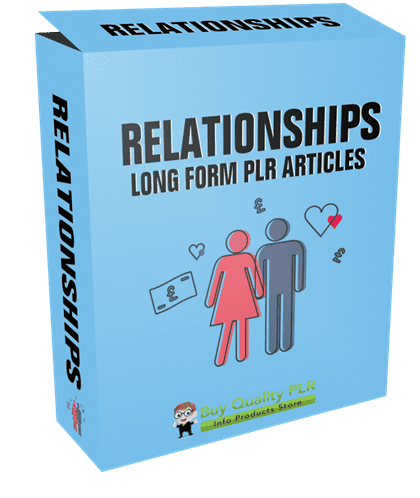
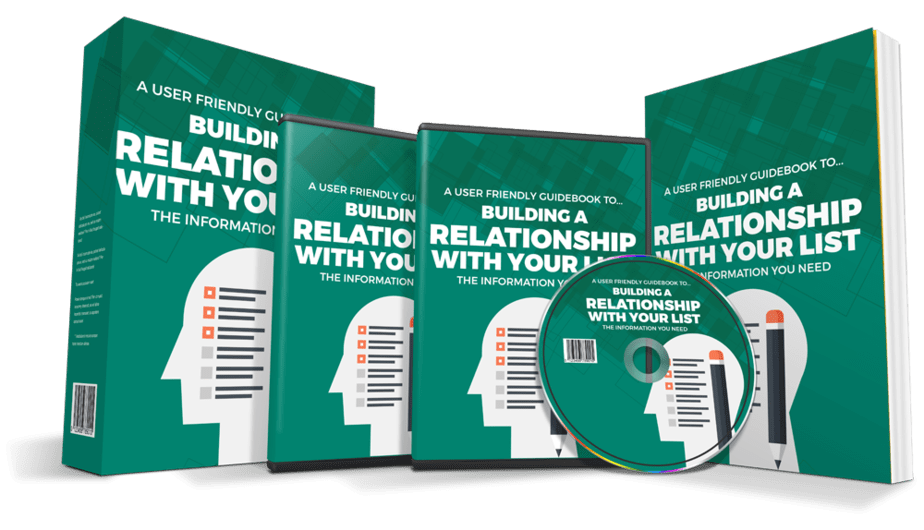
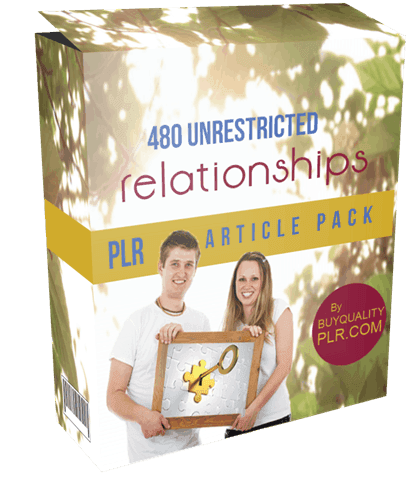
Share Now!

